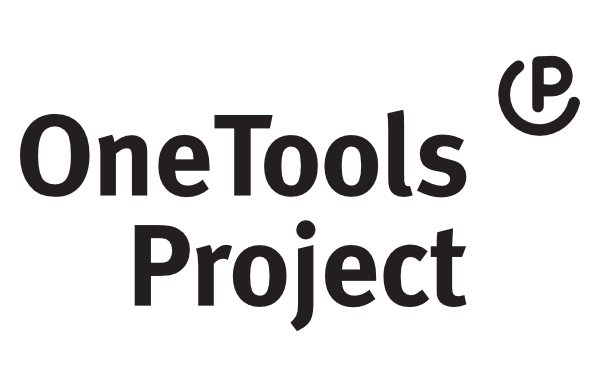
Challenges for facility managers in the BIM process
Data integration and management
One of the major challenges in the BIM (Building Information Modelling) process for facility managers is the integration and management of data. Here are some important questions that arise:
- What data is contained in the BIM model?
- Is the facility manager involved in the process to determine the data to be integrated? If so, when?
- How can the data from the model be used for building management?
- How can the BIM model be used in operations?
- Does a BIM model have to be “BIM as Built”?
Points 1 and 2: The BIM process should be approached in a similar way to other IT projects. It is crucial to involve the end user, in this case the facility manager, at an early stage and thus also to take responsibility. Determining the required data at the start of the project is essential.
Point 3: There are various ways in which the data from the BIM model can be utilised. The size of the project and the existing infrastructure play an important role here. For example, data can be exported from the model to Excel and then imported into a CAFM software. I personally prefer a native, bi-directional interface with a CAFM software. This enables the direct exchange of data without the need for a third programme or an additional file. It also makes it easier to process the data and keep it up to date without the need for employees to be trained in the BIM software.
Point 4: The use of the BIM model in operation depends on the form in which the model is available to the facility manager – as an IFC file or as a native CAD file. An IFC file is a static snapshot of the building at the time of export. Although some data can be changed, for extensive adjustments, such as moving walls, the model must be updated in CAD and a new IFC file created. Here too, I recommend working natively with the CAD programme and always keeping the model up to date. For example, the model can be used to create occupancy, cleaning and evacuation plans.
On point 5: Yes and no. Of course, the BIM model must reflect reality – walls, openings, posts, pipes and other elements must be drawn in correctly. However, not all data that used to be in an as-built folder needs to be included in the model. Not every screw in a technical system needs to be represented in the BIM model. A simplified representation with the correct dimensions is often sufficient, while detailed information can be better managed in a database. Software that enables a direct and bi-directional interface to the BIM model is a great advantage here.
Conclusion
Which data is ultimately used in the BIM model and whether and when the facility manager is involved in the BIM process is up to the client and the BIM manager.
Our software BuildingOne offers you a bi-directional interface with ArchiCAD, Revit and Vectorworks and numerous options for data exchange and data management.
Further information on BuildingOne in the BIM process can be found on the BIM und BuildingOne page.
If you are interested in this type of solution, please contact us for a discussion.
Bob Banzer
Head of Project Management
+352 20 60 04 63
Contact by e-mail
